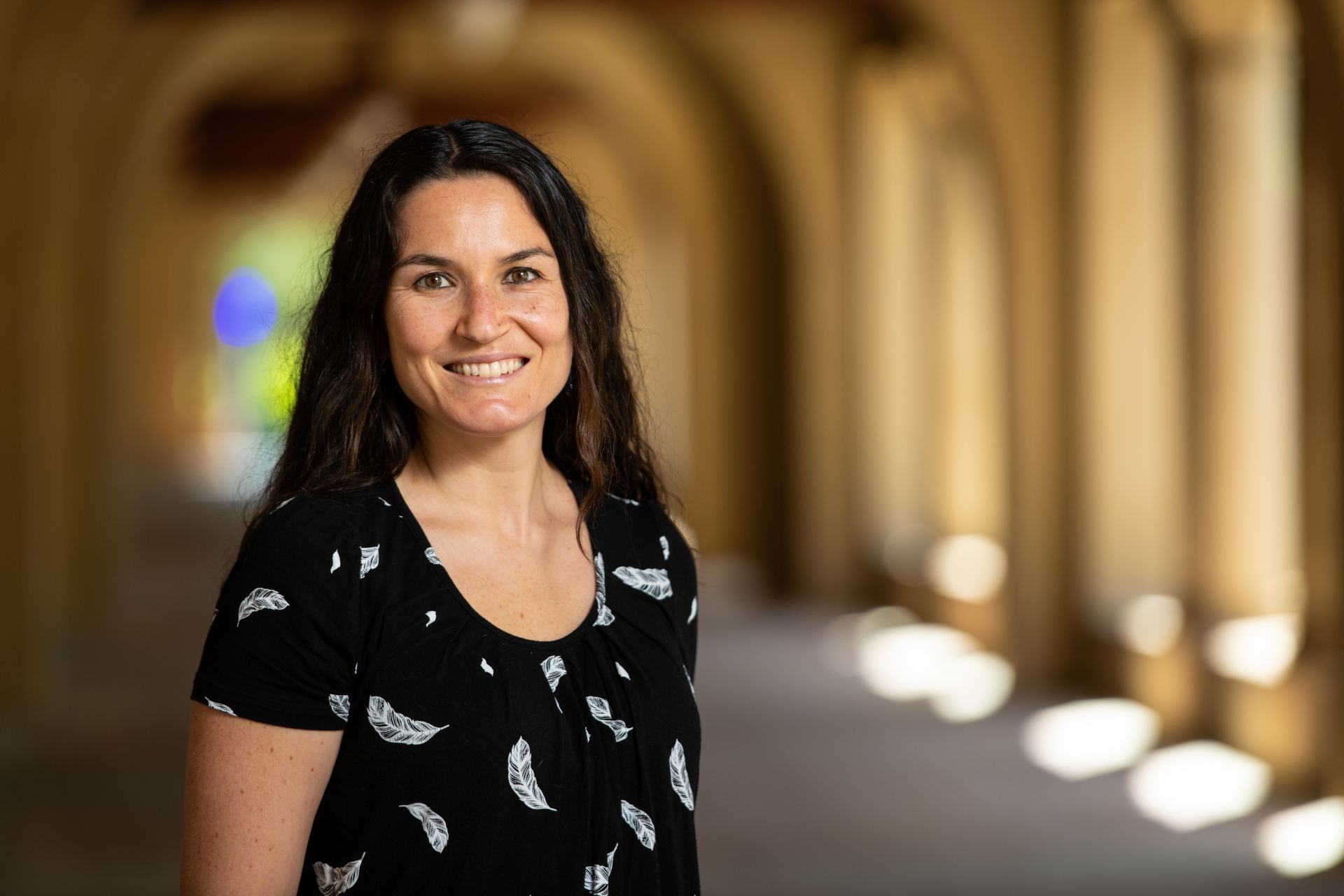According to an AEA survey, many women economists have experienced harassment, discrimination, and outright abuse by their male colleagues. More than 9,000 current and past members of the association, both women and men, took part in the March 2019 survey. One hundred of the women reported that a male peer or colleague had sexually assaulted them, 200 were victims of an attempted sexual assault, and hundreds more said they had been stalked. Half of the women had experienced discrimination, compared with 3% of the men. And half of the women had avoided speaking at a conference or seminar to avoid possible harassment.
“Research questions are set by the researchers themselves, who are in turn influenced by their backgrounds and experiences,” Rossin-Slater says. “Women bring a different set of questions, priorities, and ideas.”
For example, she says, issues in maternal and child health are much more likely to be studied by women than men. “We have abundant evidence that the early life environment has impacts on health and economic outcomes throughout life and across generations,” she says. “So understanding the causes and consequences of early childhood health is critical for understanding a core driver of the economy: human capital. And women have made key contributions to that research.”

